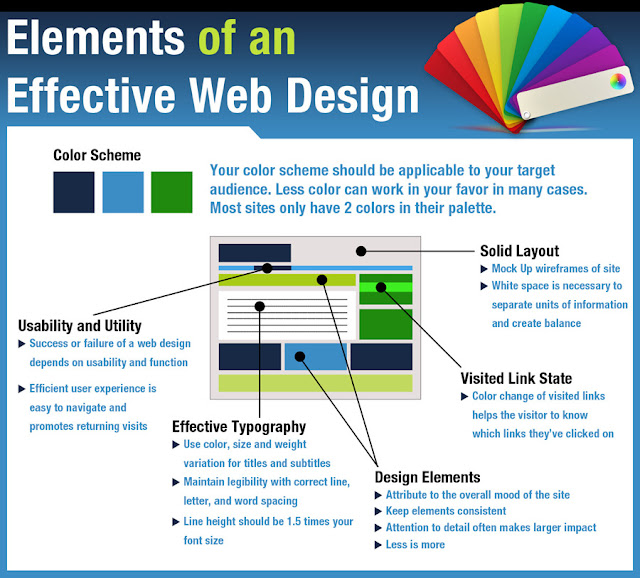There are a lot of theories and popularized beliefs out there on
search engine optimization. SEO has become more and more of a delicate balancing act in finding the most effective way to rank.
Below I will briefly detail successful strategies dedicated to the ever-almighty task of ranking high on search engines.
However, before I begin, it’s wise to touch on a few factors which need to be ironed-out in order for these strategies to work properly.
Accessibility - Search engines need to be able to see your code or your page can’t be ranked.
Experience - A well interfaced website creating no barriers or problems for users is essential to gaining a following.
Content - Great content intrigues readers which creates shares and links. Google recognizes this and rewards you.
Marketing - As always, without promoting your content, it’s hard to get the word out.
1. Page Title
The first thing you need to know before you get started is what keywords you’re targeting. Even if you plan to optimize later, it’s helpful to know your keywords. You can start by inserting them into the
page title. From an organizational standpoint, people want to see what they searched for looking right back at them in the results.
When your keywords are in the title, people will often use them in the anchor text to link to you. This allows Google to determine that a page is about a particular subject.
Generally, keeping titles under 72 characters is preferred so it can be fully visible in results.
2. Meta Descriptions
The presentation of your content to search engines is still an integral part of
SEO copywriting. It’s undecided if
meta descriptions influence rank at all, but it really doesn’t matter.
The meta description serves as a clincher to bring the traffic to your site through that last click. A successful meta description will summarize your page and convince the searcher that your content will satisfy what they’re searching for.
Meta Descriptions should be under 165 characters so their full description is visible.
3. Content
Don’t let cobwebs form on your sites. The clearest function you need to provide is compelling and regularly updated content. The content needs to be direct. Internet readers will hardly reach for anything less in this age of instant gratification.
Of course, that’s not to say that content should be brief. Providing content of a substantial length (in the 300-500 word range) will have a much easier time ranking than considerably shorter content.
Other strategies such as bolding your keywords and including your keywords in subheadings may or may not produce results. If you’re going to do that, do it because it makes sense to do it and not because you’re looking for another way to achieve results.
Keyword Frequency
As one of the main building blocks of on-page SEO, keyword frequency undoubtedly impacts ranking. In the old days, it was all about jamming keywords into the content. However, these days a delicate ratio of keyword density is vital in balancing between the fine lines of excellent repetition of keywords and falling guilty of spam-like content.
According to many experts, a keyword density greater than 5.5% could cause Google to penalize you. So make sure to measure your frequency against the overall length of your content if you’re having doubts.
So in short, don’t be archaic and numbingly repeat keyword phrases thinking you’ll be the bread and butter of Google, likely the opposite will occur.
Page Links
When optimizing a web page, it’s absolutely necessary to be connected with other pages and content. Search engines value websites that are well indexed and deemed to be valuable to a great number of other webpages.
Brian Clark of Copyblogger offers a few guidelines for page linking:
- Link to relevant content early in the body copy
- Link to relevant pages every 120 words of content
- Link to relevant interior pages of your site or other sites
- Link with naturally relevant anchor text
These are tried and true practices that will surely help optimize any web page. However, when in doubt about what to do in your specific context, don’t always revert back to general rules thinking it’s the end-all-be-all. Rules are helpful, but are meant to be bent and sometimes broken.
If you focus on being the quality results people are searching for, it’s hard to get lost. After all, that’s what the search engines are trying to do.









